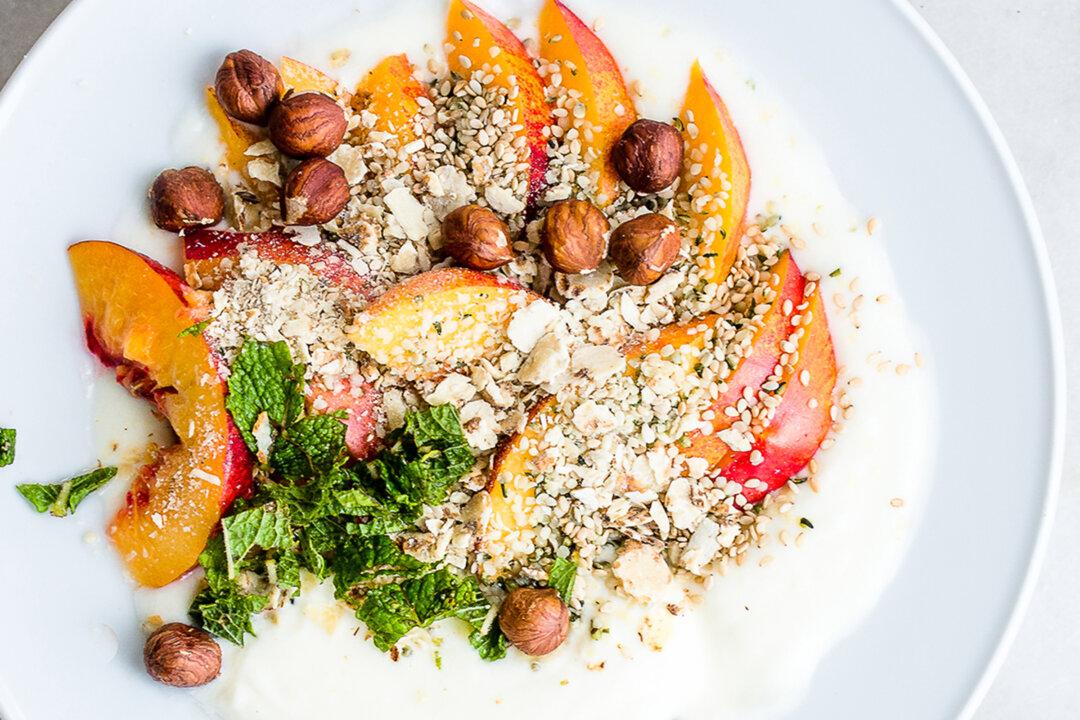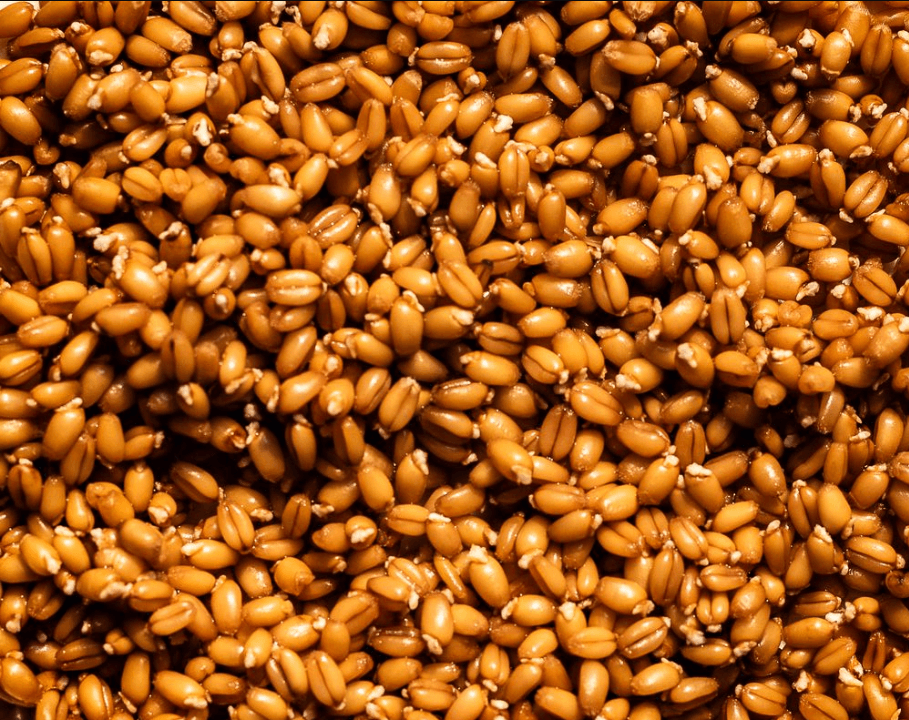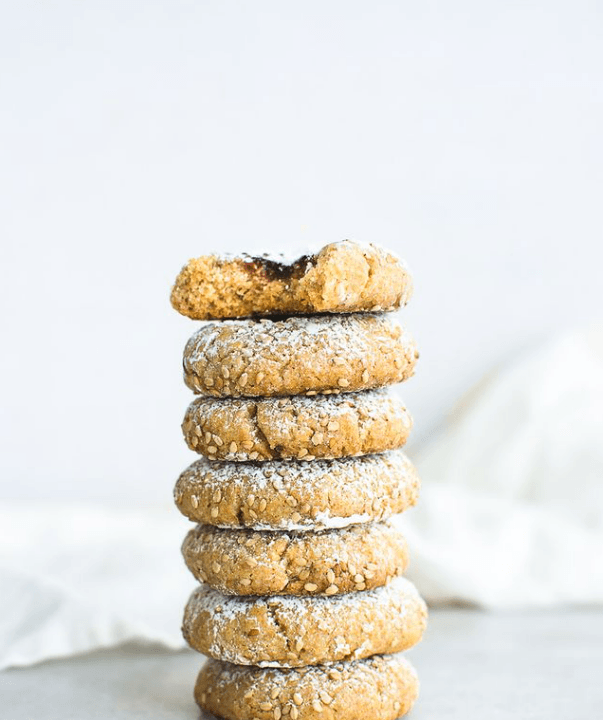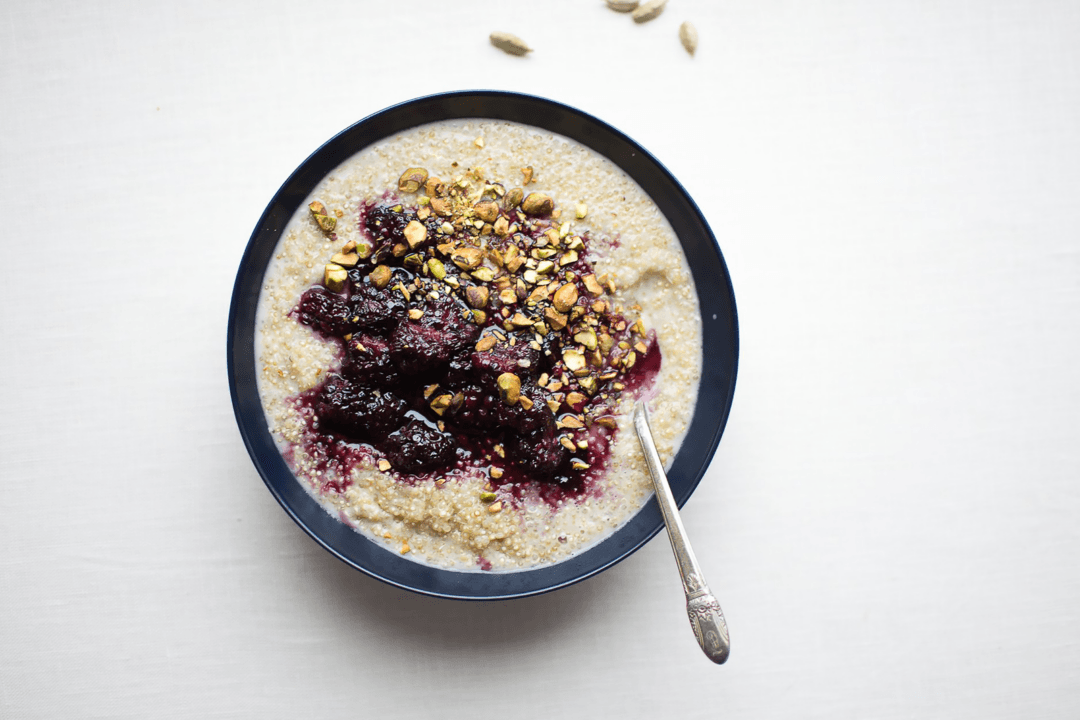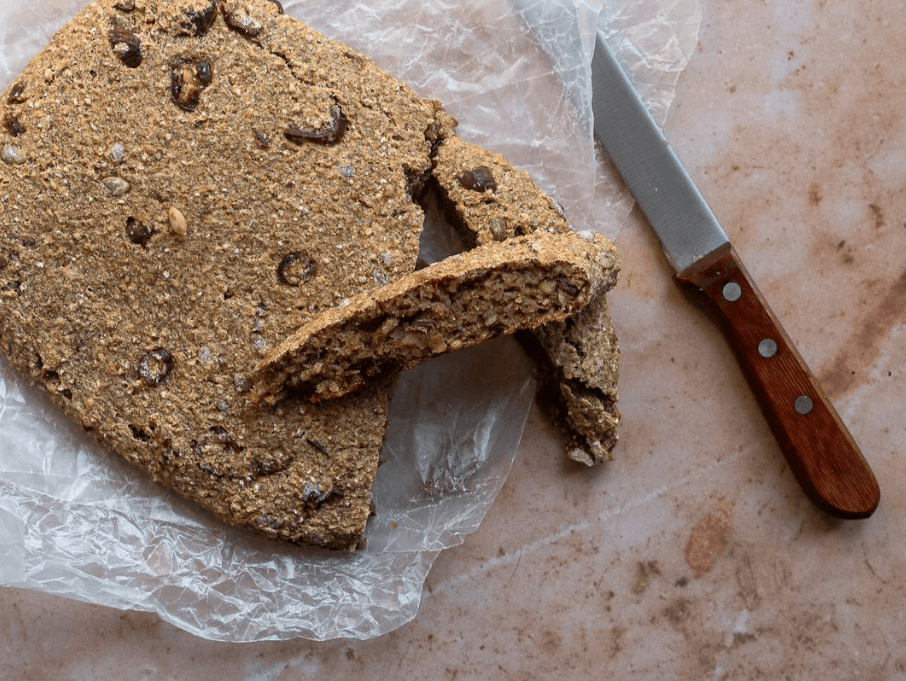While you can head to the grocery store at any time to pick up a carton of fresh milk, it wasn’t always that way. Milk, for most of human history, was a seasonal food, much like strawberries, tomatoes, or winter squash. Its availability was cyclical, governed by the time of the year.
When spring arrived, the world awoke from its winter slumber, and verdant pastures grew rapidly with fresh grass. Ewes bore their lambs. Cows bore their calves. The returning light brought warmth that fostered new life. For dairying peoples, spring meant plenty of fresh milk, and that abundance would last well through summer before the weather grew cool again, the pastures fell dormant, and the cows dried off for the winter before spring arrived anew.

